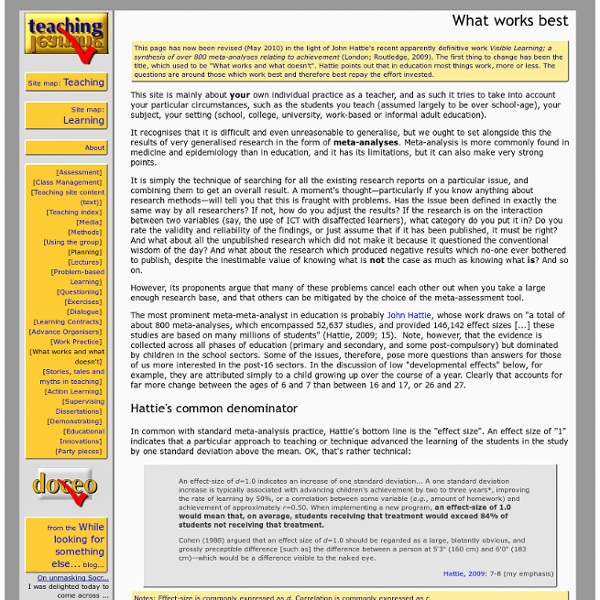Growth Mindset Education Action Zone
5 Tools to Help Students Learn How to Learn
Helping students learn how to learn: That’s what most educators strive for, and that’s the goal of inquiry learning. That skill transfers to other academic subject areas and even to the workplace where employers have consistently said that they want creative, innovative and adaptive thinkers. Inquiry learning is an integrated approach that includes kinds of learning: content, literacy, information literacy, learning how to learn, and social or collaborative skills. Students think about the choices they make throughout the process and the way they feel as they learn. “We want students thinking about their thinking,” said Leslie Maniotes a teacher effectiveness coach in the Denver Public Schools and one of the authors of Guided Inquiry: Learning in the 21st Century. “When they are able to see where they came from and where they got to it is very powerful for them.” A good example is a long term research project. During the process, students will go through different stages of emotions.
Creating Classrooms We Need: 8 Ways Into Inquiry Learning
If kids can access information from sources other than school, and if school is no longer the only place where information lives, what, then happens to the role of this institution? “Our whole reason for showing up for school has changed, but infrastructure has stayed behind,” said Diana Laufenberg, who taught history at the progressive public school Science Leadership Academy for many years. Laufenberg provided some insight into how she guided students to find their own learning paths at school, and enumerated some of these ideas at SXSWEdu last week. 1. BE FLEXIBLE. The less educators try to control what kids learn, the more students’ voices will be heard and, eventually, their ability to drive their own learning. Laufenberg recalled a group of tenacious students who continued to ask permission to focus their video project on the subject of drugs, despite her repeated objections. 2. Laufenberg’s answer: Get them curious enough in the subject to do research on their own. 3. 4. 5. 6. 7.
Looking at Student Work
What Do Teachers Want by Diane Ravitch
Creating Assignments That Work for Digital Learning Environments
Assignments | Viewpoint Creating Assignments That Work for Digital Learning Environments Teachers who spend time actually thinking through assignments that align with the learning outcomes of a course are the most effective at assessing the learning that has taken place. When assignments are creative and applied and, most of all, relevant, so that all learning styles and aspects of course content can be integrated, students are usually more positive about their performance. To create assignments that work the focus must be on process, not task. The Importance of Developing Technology Skills ... and Assigning a Grade When technology is integrated into a learning environment and students are using it in their learning process, the assignments must also include technology use. In order to evaluate the process, I have developed a four-step system I follow with students. Multiple Inputs and Evaluation Each project receives feedback from peers, participants, and me.
The 15 Guiding Principles of Student-Centered…
Planning Framework for Tracking Progress toward 21st Century Skills
Habits for Success
Measuring Good Teachers
When the eight-day Chicago teachers’ strike ended last fall, organized labor celebrated a big win, but not over salary raises. The new contract bumped teacher pay by about 18 percent—far short of the 30 percent increase the union was seeking. Instead, teachers claimed a victory over Mayor Rahm Emanuel on an issue not directly tied to money. A major focus of the fight, it turned out, was evaluation—specifically, how much of a teacher’s evaluation should be based on student test scores. Like most districts across the country, Chicago was required under state law to put a teacher evaluation system into place to qualify for Race to the Top funds. “Should we use tests to judge teachers? How to measure good teaching has been a third-rail question since 2009, when Race to the Top legislation offered federal funds to states that required “substantial” evaluation systems. Since 2011, as many as 40 states have installed systems that try to measure good teaching. —Spring 2013—
Six Scaffolding Strategies to Use with Your Students
What’s the opposite of scaffolding a lesson? Saying to students, “Read this nine-page science article, write a detailed essay on the topic it explores, and turn it in by Wednesday.” Yikes! No safety net, no parachute—they’re just left to their own devices. Let’s start by agreeing that scaffolding a lesson and differentiating instruction are two different things. Simply put, scaffolding is what you do first with kids. Scaffolding and differentiation do have something in common, though. So let’s get to some scaffolding strategies you may or may not have tried yet. 1. How many of us say that we learn best by seeing something rather than hearing about it? Try a fishbowl activity, where a small group in the center is circled by the rest of the class; the group in the middle, or fishbowl, engages in an activity, modeling how it’s done for the larger group.Always show students the outcome or product before they do it. 2. 3. All learners need time to process new ideas and information. 4. 5. 6.



